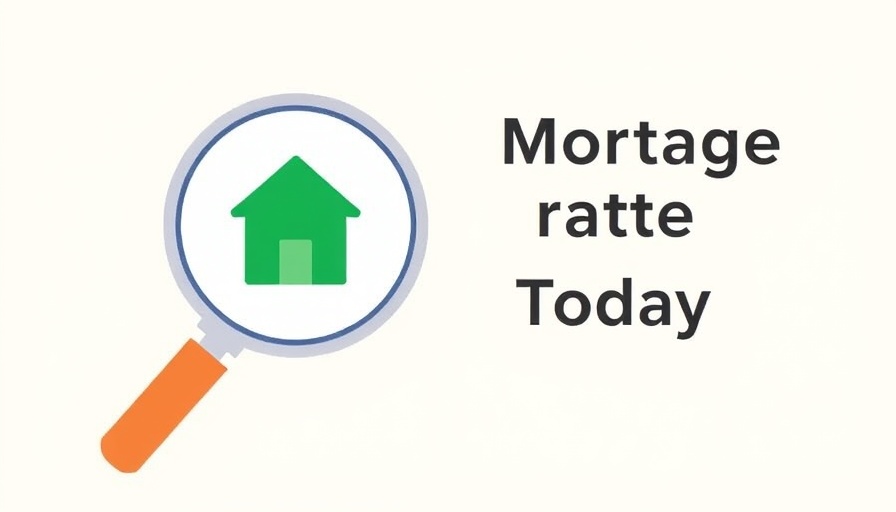
Unlocking Financial Opportunities: Best Long-Term Small Business Loans for 2025
As small business owners navigate the complex world of financing, understanding the landscape of long-term loans can be crucial for sustainable growth. Long-term business loans offer an attractive option for those looking to maintain healthy cash flow while also investing in their future. Unlike short-term loans, these typically provide extended repayment periods with lower monthly payments, ultimately allowing businesses to thrive. Here, we explore the five best long-term small business loans for 2025, offering insights tailored to small business owners and managers.
The Importance of Long-Term Business Financing
Long-term financing can significantly impact a small business's trajectory. Whether it’s investing in new equipment, expanding operations, or covering seasonal downturns, having access to long-term loans can ease financial pressure in critical moments. Additionally, these loans usually come with more favorable interest rates than short-term alternatives, making them a strategic choice for entrepreneurs aiming for growth.
Top Five Long-Term Business Loans for 2025
After thorough consideration of various lenders, here are the top five long-term business loans that stand out for their features and benefits.
Lendio: Flexible Qualification Requirements
Lendio emerges as a leader in flexibility, allowing small business owners with varying credit scores to apply for loans. This platform connects business owners with multiple lenders, increasing the chances of securing a loan that fits their needs. With loan amounts reaching up to $2 million and an APR starting from 8.49%, Lendio is often touted as the go-to platform for businesses seeking accessibility.
Credibly: High Lending Amounts
For businesses needing substantial financial backing, Credibly stands out with loan offerings as high as $10 million. They cater to a wide range of business types, with APRs depending on individual circumstances. This lender is particularly appealing for companies looking to invest in significant projects or large-scale expansions.
AdvancePoint Capital: Quick Access to Funding
Speed can be essential when opportunities arise, and AdvancePoint Capital excels in this area. They provide a streamlined application process that allows businesses to access funds rapidly, making it ideal for time-sensitive investments. Their transparent approach and competitive rates make them a trusted option for entrepreneurs.
National Business Capital: Variety of Repayment Terms
With a wide range of repayment options, National Business Capital offers flexibility that can meet diverse business needs. Whether you're looking for a short-term commitment or a longer repayment period, they provide solutions tailored to your financial strategy. This lender’s adaptability draws many small businesses aiming to harmonize their cash flow.
U.S. Bank: Online and In-Person Accessibility
For those who value traditional banking, U.S. Bank provides a reliable choice with services available both online and in branches. This dual access can ease the borrowing experience for companies concerned about face-to-face interactions and personalized service.
Understanding the Qualifications and Expectations
Obtaining a long-term business loan typically requires meeting certain qualifications, such as credit score benchmarks. Most lenders will request a minimum credit score, with values commonly sitting at around 600 to 700 for favorable terms. However, it’s important to note that lenders may consider other factors, including business revenue, time in operation, and overall financial health.
Future Trends in Small Business Financing
As we look ahead to 2025 and beyond, the landscape of business financing is expected to evolve. Increasing digitization in banking may further streamline applications and approval processes, making loans more accessible to small business owners. Moreover, alternative lending options may continue to gain traction, integrating technology while pushing traditional banks to adapt and offer competitive products.
Conclusion: Why Now is the Right Time to Consider Long-Term Financing
As the economy slowly recovers, now could be a prime time for small businesses to seek long-term financing. With favorable interest rates and a variety of options available, entrepreneurs have the opportunity to strengthen their financial foundations. If you’re considering investing in your business's future, explore these loan options as a well-rounded resource for achieving that goal.
Don’t wait—get ahead of the curve and explore your options today!
 Add Row
Add Row  Add
Add 




Write A Comment